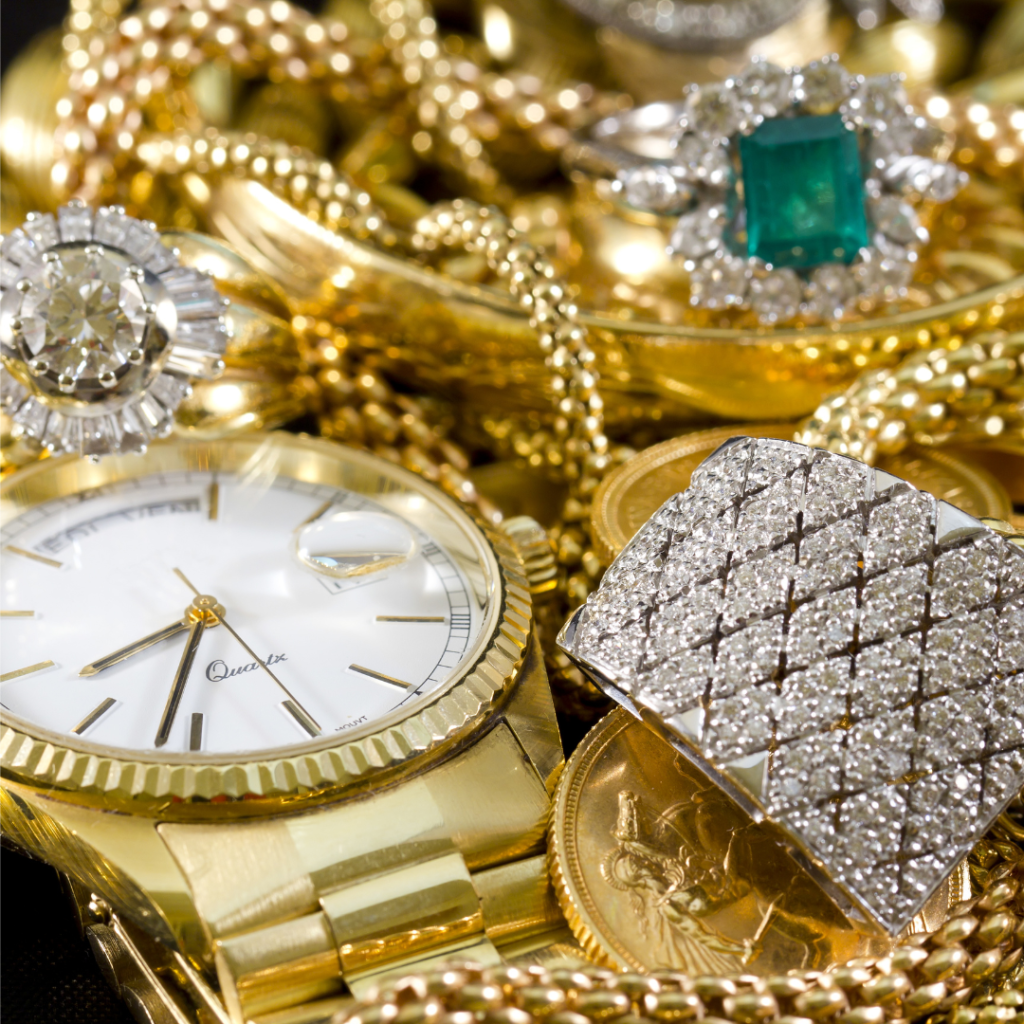Revealing the Mysteries Behind the Valuation Procedure Used by Gold Acquirers
Wiki Article
This appraisal process used from precious metal purchasers represents an important topic to individuals keen in disposing of gold. Understanding the way precious metal gets valued can help sellers formulate knowledgeable choices and ensure they obtain a fair price. Gold purchasers generally use various essential factors to determine the value of precious metal items, including fineness, mass, plus present trading valuations. Each these elements has an significant role during this overall valuation procedure.
A among first initial stages of this valuation procedure involves evaluating the purity of the gold. Gold purity is measured by karat weight, with 24 karat being pure gold. Most gold jewelry is not pure and may be 10, 14, and eighteen karats. The greater a karat number value, the more more precious metal material that item contains. Precious metal purchasers commonly employ a testing method, such as acid testing or electronic assessments, for ascertain its fineness in a precious metal. Such stage remains vital as this immediately influences the item's value. For instance, instance, one twenty-four karat precious metal item will be worth more compared to one fourteen karat item, even if they weigh the same.
The mass in a precious metal piece remains another key factor in this appraisal procedure. Precious metal can be generally weighed in grams or troy. Buyers shall measure a precious metal to calculate its value based to the fineness. This mass is multiplied with the gold's purity percentage for determine an quantity in 100% precious metal contained in a piece. For instance, when one fourteen karat gold ring weighs ten grams, the item contains about 5.83 grams grams of 100% precious metal. Such computation helps purchasers ascertain how much they are prepared for pay in exchange for the piece.
Current market prices additionally play an significant part during this valuation of gold. Current valuation for precious metal varies based on supply plus demand, economic conditions, and global occurrences. Precious metal purchasers maintain an close watch over such market trends for ensure they offer fair valuations. They often look at the current valuation of gold, that is the present trading price for immediate transaction. Such price can fluctuate every day, therefore buyers must remain informed to provide correct assessments. Sellers should also gold bullion investment options be aware of such trading trends, as these may influence a price they obtain for their gold.
Finally, a state and quality of a gold item can influence its value. Distinctive styles, designer names, and cultural importance may each contribute toward an worth of the piece. For, a finely made precious metal chain from a renowned brand may fetch an greater price compared to a similar piece without any designer name. Buyers will take into account such elements when formulating an bid. Vendors must spend the effort for polish plus present their precious metal items well, because this can positively influence the buyer's view plus a final valuation.

To summary, this appraisal procedure used from precious metal buyers involves several key elements, including purity, weight, current market prices, and a state in the piece. Understanding these factors may assist vendors navigate the selling process more effectively. By being knowledgeable on the way precious metal gets valued, sellers can ensure they receive an equitable valuation in exchange for the precious metal pieces. Whether selling ornaments, currency, or other precious metal items, awareness of this valuation process is essential for formulating smart financial choices.